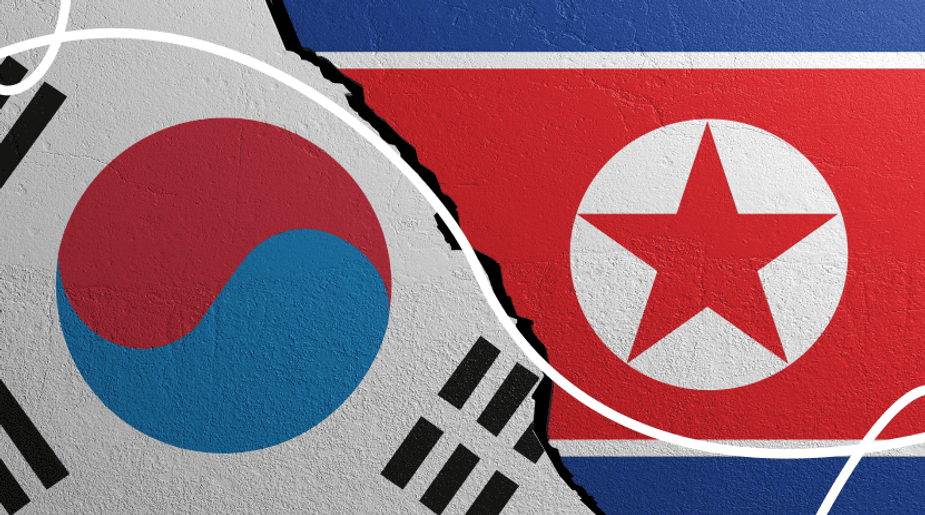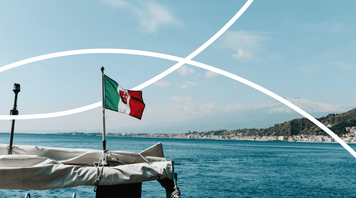
North and South Korea: two halves of a divided nation
- Korea
- travel
- South Korea
- North Korea

The Korean Peninsula, divided into two parts, presents a unique historical and political phenomenon. North and South Korea, despite their shared roots and cultural heritage, today represent two entirely different states with distinct systems of government, economies, and ways of life
The Korean War (1950-1953) was the cause of Korea's division. Ending in an armistice rather than a peace treaty, it led to the creation of the Demilitarized Zone (DMZ), which divides the peninsula into two parts
Political systems

North Korea: Governed as a totalitarian state with a one-party system, headed by Kim Jong-un. In North Korea, a dynasty rules. Before Kim Jong-un, his father and grandfather were in charge of the country. The economy is centralized, and political freedoms are severely restricted
South Korea: A democratic republic with a market economy. Power is divided among the legislative, executive, and judicial branches of government
Society and culture

North Korea: A cult of personality surrounds its leaders, whose portraits adorn every home. Strict censorship and limited access to information are enforced. The culture is geared towards reinforcing the regime's ideology
South Korea: South Korean pop culture (K-pop, K-drama) has gained immense global popularity. The society is dynamic and open to Western influences, with individuals striving for self-realization and success
Technologies

North Korea: Due to its isolationist policies, North Korea has limited access to modern technologies and global innovations. Internet access in North Korea is severely restricted and controlled by the state. The majority of citizens do not have access to the World Wide Web
South Korea: A global leader in technology, South Korea is renowned for its innovations in electronics, automobiles, information technology, and other fields. South Korea was one of the first countries to deploy 5G networks
Local food

North Korea: Food choices are limited. The diet primarily consists of rice, vegetables, soybeans, and a small amount of meat. The cuisine has retained many traditional Korean dishes, such as kimchi, bibimbap, and bean soup
South Korea: The cuisine is characterized by a wide variety of dishes, thanks to a developed economy and the availability of various products. Street food in South Korea is very popular and diverse, offering everything from traditional pancakes to modern street food options
Climate

North Korea: North Korea experiences a continental climate with cold winters and warm summers. Snowfall is heavy, especially in mountainous regions, and rainfall is frequent throughout the year. The country is also prone to typhoons, particularly in coastal areas
South Korea: South Korea has a temperate climate with less extreme temperature fluctuations. Winters are milder with less snowfall, while summers are hotter, especially in the southern regions. Typhoons are a common occurrence, especially during the summer months
In conclusion
The cultural heritage of North and South Korea has deep roots, however, the division of the peninsula has led to the formation of distinct cultural identities. South Korea, actively integrating into the global economy and culture, has developed a dynamic and modern identity. North Korea, on the other hand, has preserved many traditional values and remains relatively isolated from the outside world
Want to explore Korea like a local? Book a personal guide on FindGuide and hear amazing tales about the country while discovering hidden gems. Travel the world and immerse yourself in different cultures with FindGuide
Top reads


32 Things to Do in New York City in Winter: Best NYC Winter Guide

5 Safest Places to Travel in Mexico: Top Destinations for Tourists

5 Must-Do Christmas Experiences in London

Christmas in Tokyo: Best Places to Visit, What to Do, and How Japan Celebrates the Holiday






